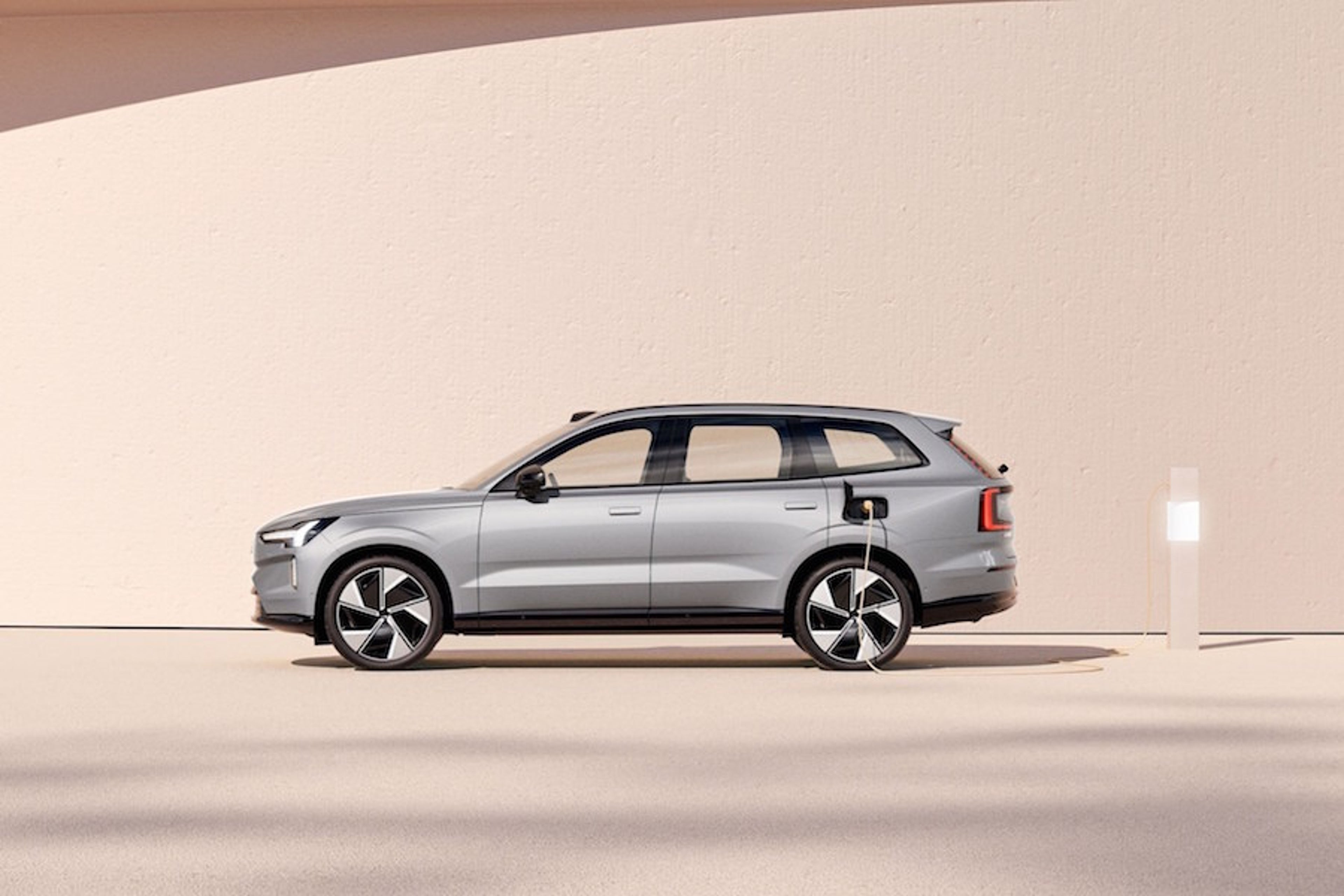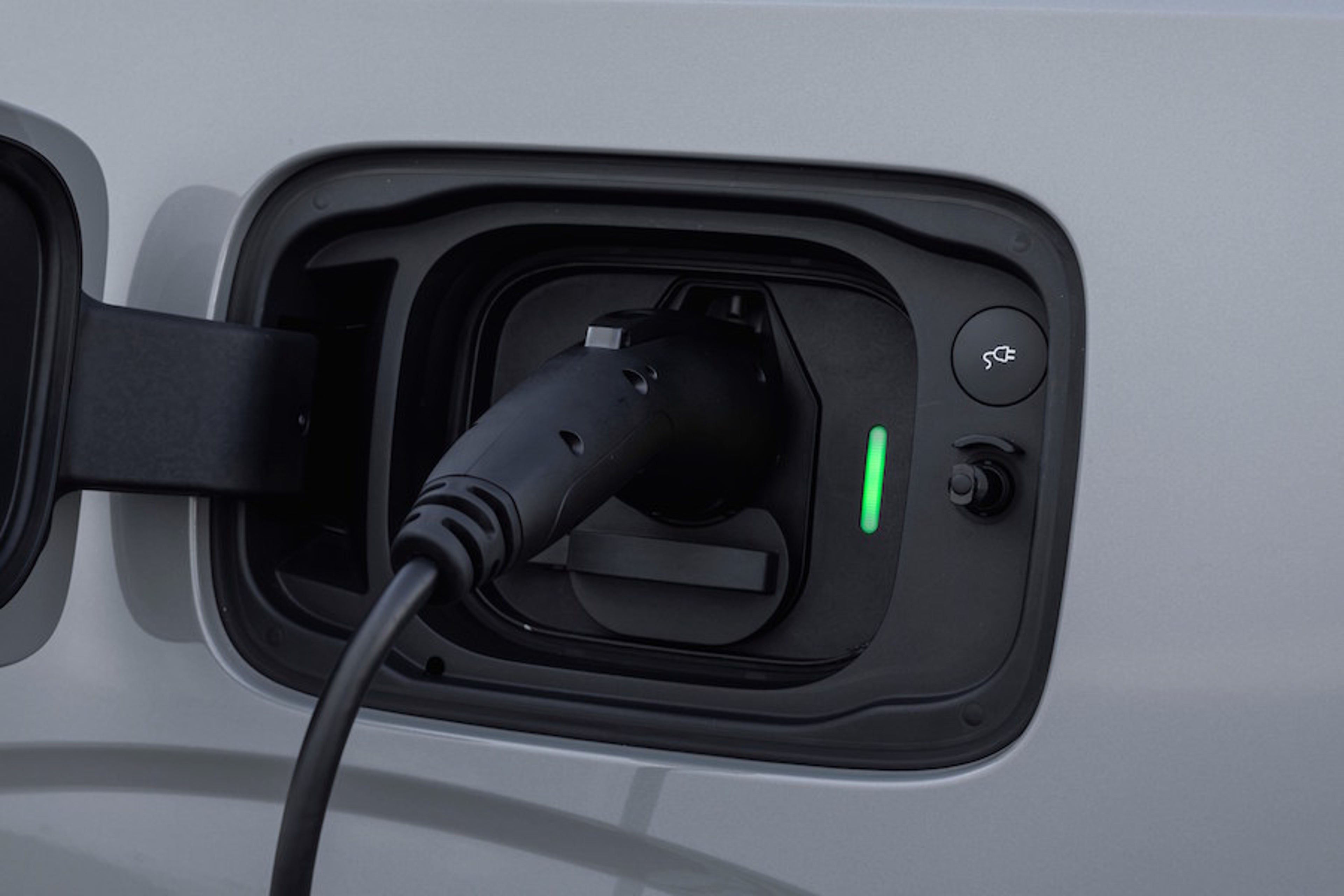Can you charge an electric car on solar power alone?
The short answer is yes, Australians can charge an electric car purely on self-generated solar power. But there are some caveats – and a longer answer.

Firstly, electric vehicle (EV) owners need a decent home solar set-up. Australia has one of the highest penetrations of solar PV in the world. As of August 2025, there were just over 4 million domestic rooftop installations according to the Clean Energy Council, and the average size of those installations is just under 10kW.
Experts suggest that kind of capacity – circa 10kW – should be enough to power both the average home and the average daily EV driving requirements from solar power most of the time.
According to the Australian Bureau of Statistics, the average Australian drives 36.4 kilometres a day.
The average EV consumes up to 20 kWh per 100 kilometres, which – based on the ABS average driving distance – equates to roughly 7kWh of charge required to travel that 36.4 kilometres per day
Meanwhile, an ‘average’ 10kW solar PV system will deliver somewhere between 29kWh and 46kWh per day, depending on weather, set up, location and panel efficiency.
Average home electricity use is also a tricky number to pin down, varying by how many people are in the household and location. But ABS data suggests that in 2023, the ‘average’ three person Australian household consumed about 18.7kWh of power a day.
So even at the lower end of the 10kW solar PV system generation (i.e. 29kWh), subtracting the average three-person household electricity consumption (18.7kWh) should leave ample power (roughly 10kWh) left over to charge an electric vehicle consuming circa 7kWh on a daily basis.
But while average rooftop solar capacity is increasing, many existing rooftop solar installations will be closer to 6kWh capacity – and some will be older and less efficient that newer set ups.
Meanwhile, electric cars’ energy consumption will vary from manufacturers’ stated ratings due to factors like driving style, temperature, battery condition and load. Plus, in winter, the temperature will be colder, which has a bearing on battery range, while sunlight hours for generating solar power will be diminished.
Hence the longer answer is: It depends. For much of the year it is entirely possible to top up an EV from rooftop PV alone – putting free solar power to use rather than adding to power grid imbalances. But winter may be more challenging if household consumption increases as solar generation falls, and if daily driving requirements increase in tandem.
Battery storage
Battery storage alongside rooftop solar can enable total ‘off-grid’ household energy and electric vehicle charging, because the battery can store solar power generated during the day and help to power the home and top-up the car in the evening – when grid electricity prices are usually at their highest.
While relatively nascent, household battery storage is taking off in Australia. According to latest data, domestic battery storage installs jumped 50 per cent in the second half of 2024 and by some estimates around 8 per cent of Australian households with rooftop PV now also use a battery to store that energy for when it is needed.
The average domestic battery storage system (around 10-13.5kWh in Australia) isn’t suited to charging an EV from empty to full – it won’t have the capacity and would use-up all the energy required to keep the household appliances running – but it can be used for a top-up, if needed, after the sun goes down.

Smart charging
Smart chargers provide a simple way to manage solar-EV or solar-battery-EV charging regimes to minimise grid draw and maximise use of solar power.
For households with solar panels but without a standalone battery system, they can be programmed to charge the car when solar power generation is at its peak, and adjust the charging rate to keep the household running efficiently while topping up the EV battery. Or just to charge when there is more solar power being generated than the house requires – then if the car battery is full, to export any excess power to the grid.
For households with a battery storage system, a smart charger and home energy management system can optimise all three – and if both the household battery and EV battery are full, can export any access to the grid.
Which means much lower bills and the ability to run both the household and the car on renewable energy – though the cost of a battery has to be factored into the overall equation.
EVs as batteries on wheels
Electric vehicles have the capability to act as batteries on wheels – and act as storage for renewable power, which now makes up 40 per cent of Australia’s power generation mix.
Cars are becoming equipped to provide two-way, or ‘bi-directional’ power, which means they can be updated to both take power into the battery, and export it back to the house, or to the electricity grid.
Australia’s standards bodies and regulators have set out the rules for vehicle-to-home and vehicle-to-grid charging and services, and more bi-directional chargers are applying for certification.
It’s still early days – but over the next few years, it could be that electric vehicles become the largest form of distributed battery storage in Australia. Which would mean more solar power can actually be put to use.